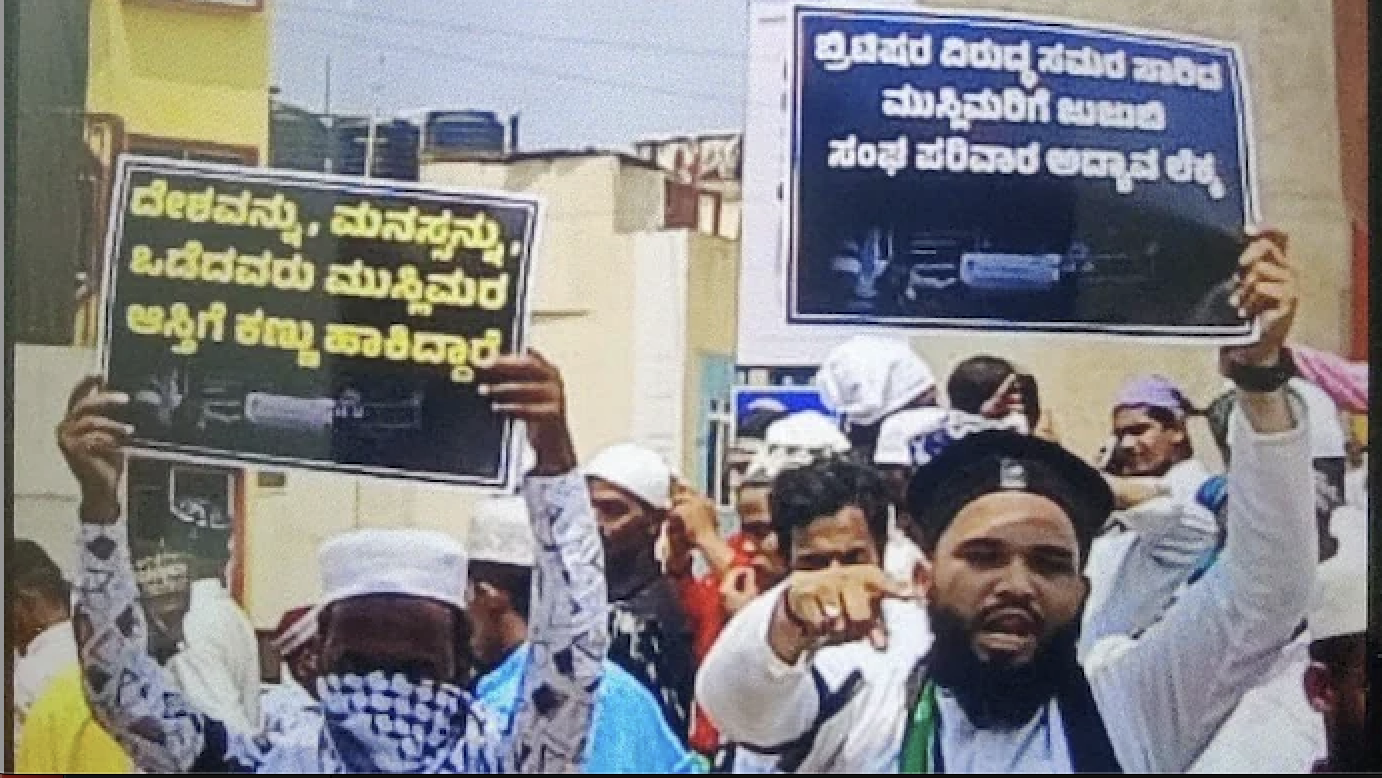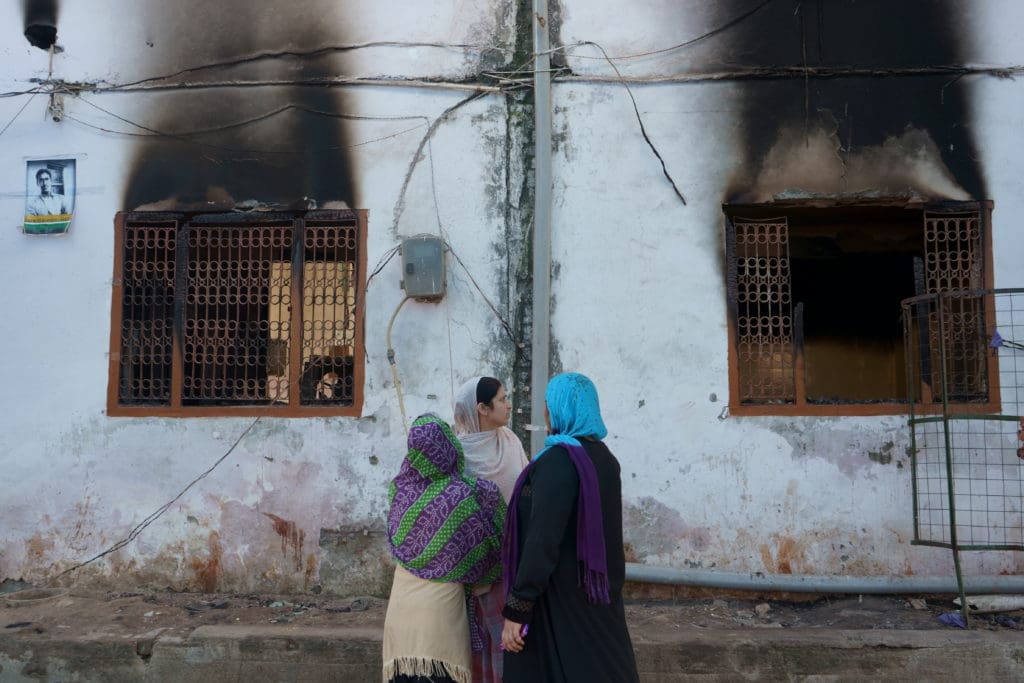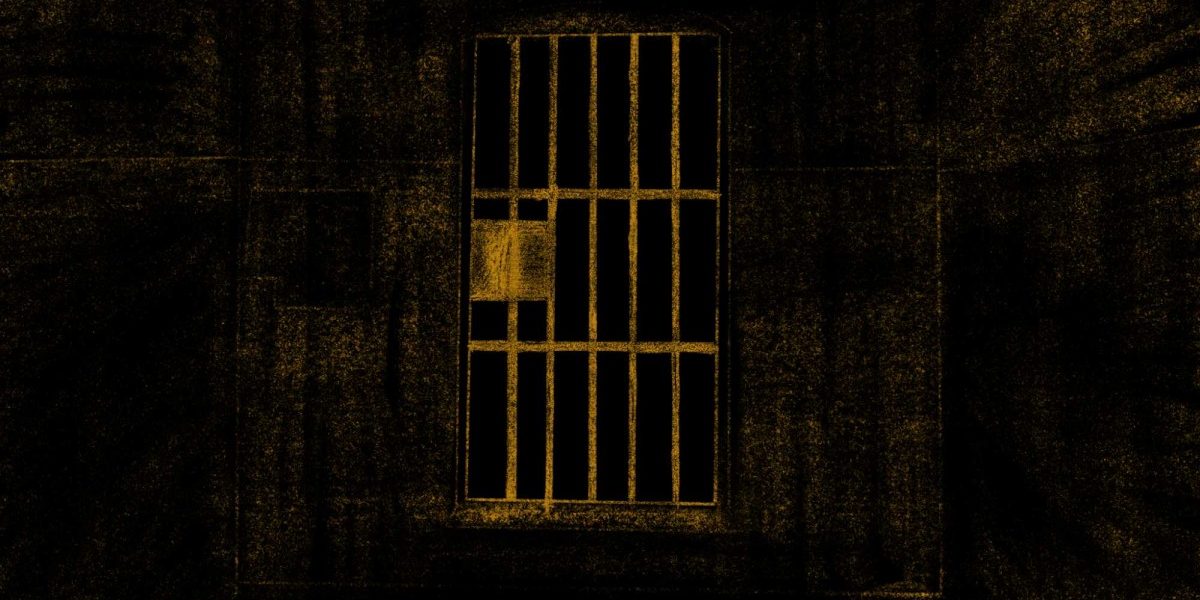By Sarah Shamim
With most of India’s 640 million votes counted following the country’s six-week-long election, the world’s – and history’s – largest democratic exercise appears to have thrown up some big surprises.
The governing Bharatiya Janata Party (BJP) of Prime Minister Narendra Modi won 240 seats, falling short of the 272-seat mark that signifies a majority in the Lok Sabha, the lower house of India’s Parliament, which has 543 seats in all. With its allies, the BJP has still secured a majority. The opposition INDIA alliance, led by the Indian National Congress party, has won 222 seats.
These numbers contrast sharply with 2019 results when the BJP-led National Democratic Alliance (NDA) won 353 seats, 303 of which were bagged by the BJP alone.
At the heart of this shift was a series of political tremors that appear to have reshaped India’s political landscape.
Al Jazeera is tracking some of the biggest surprises and upsets as they unfold.
Uttar Pradesh: A tight Varanasi race and the rise of SP
Uttar Pradesh (UP), a state governed by the BJP since 2017, has a total of 80 parliamentary constituencies. Being India’s most populous state with more than 240 million people, it holds the key to determining who governs in New Delhi. Moreover, both Modi and Congress leader Rahul Gandhi are contesting elections from different constituencies in the state.
This story was originally published in aljazeera.com. Read the full story here.





